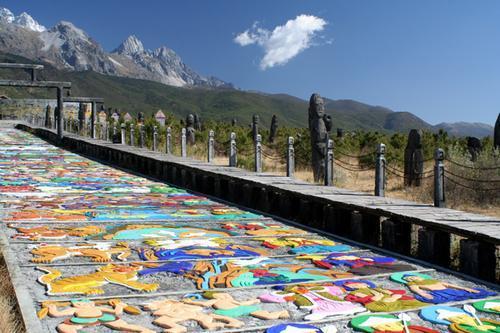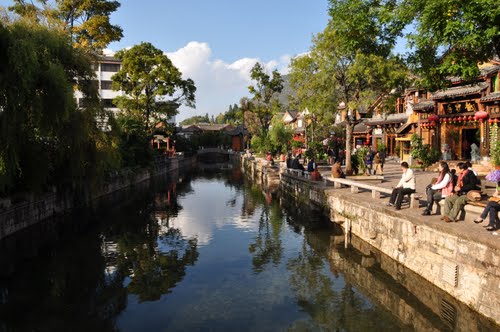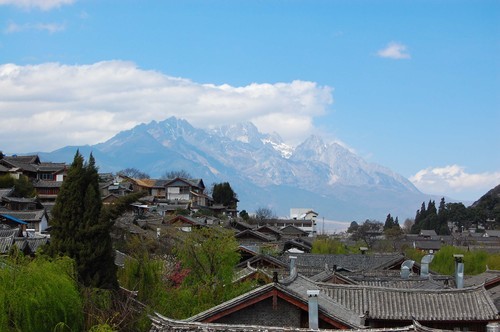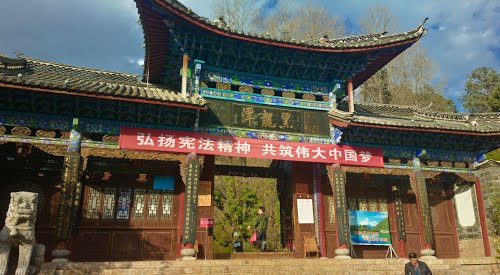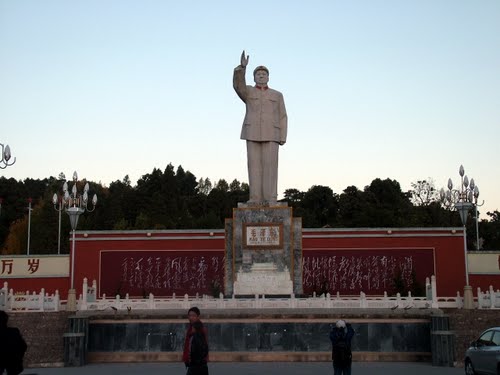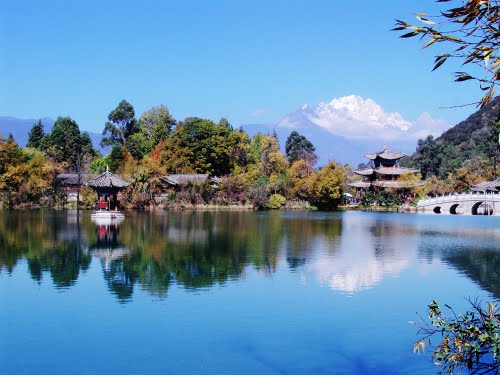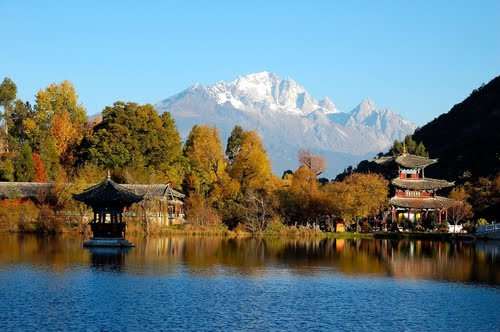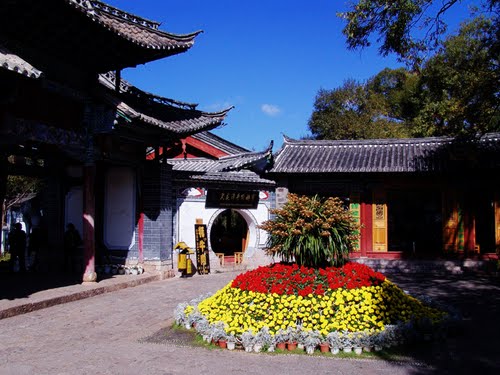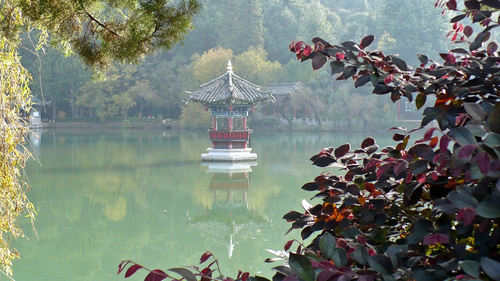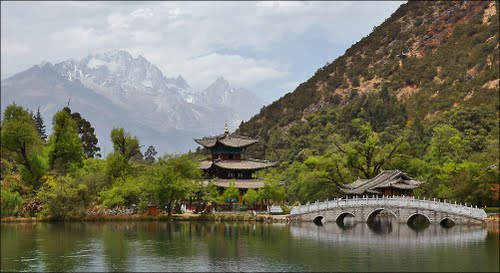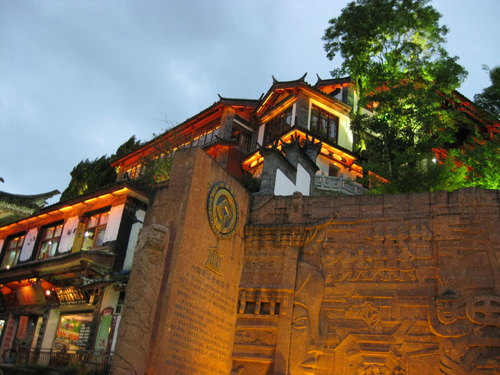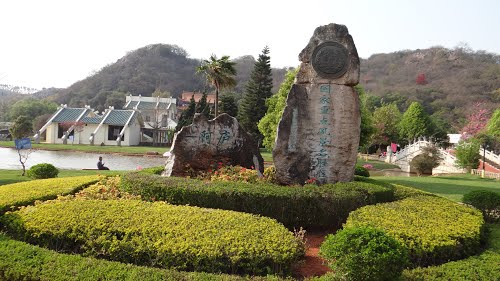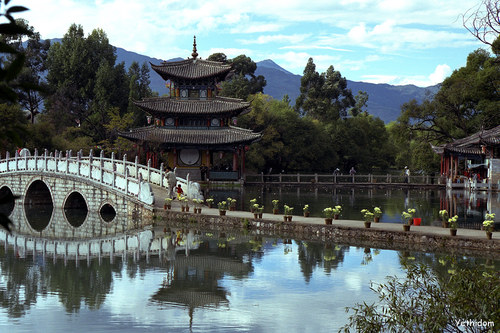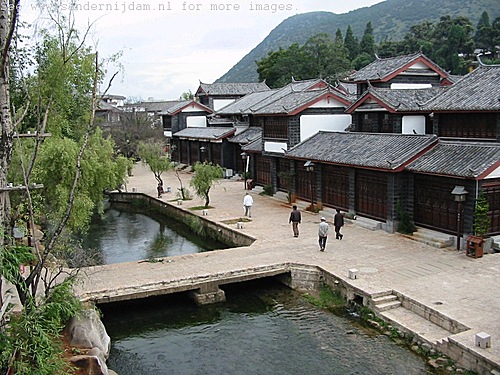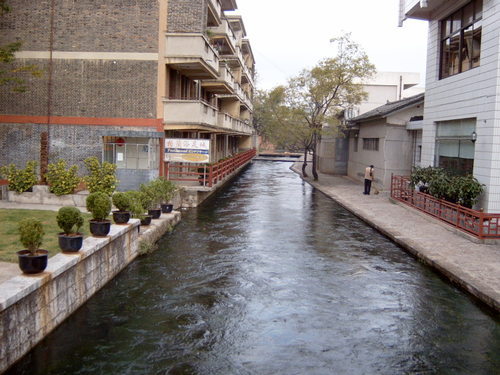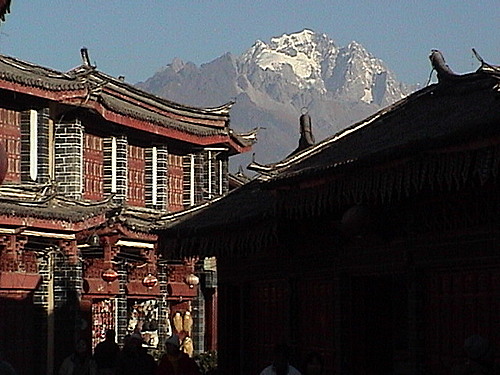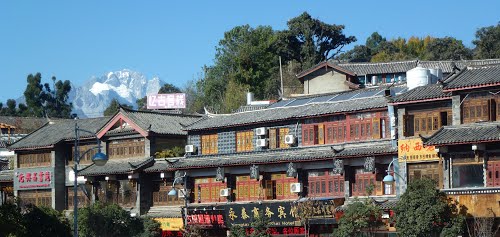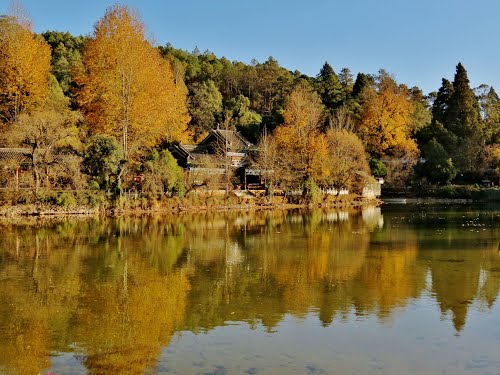Lijiang is a prefecture-level city in the northwest of Yunnan province, China. It has an area of 21,219 square kilometres and had a population of 1,244,769 at the 2010 census. Lijiang is famous for its UNESCO Heritage Site, the Old Town of Lijiang.
History
Lijiang City replaced the former administrative region of Lijiang Naxi Autonomous Prefecture. It was under the rule of the Mu family local commanders during the Ming Dynasty and Qing Dynasty.
The Baisha Old Town was the political, commercial and cultural center for the local Naxi people and other ethnic groups for 400 years from the year 658 AD to 1107 AD. The Dabaoji Palace of the Baisha Fresco, very close to the Baisha Naxi Hand-made Embroidery Institute, was built in the year 658 AD in the Tang Dynasty (618 AD to 960 AD).
In ancient times, the Baisha Old Town used to be the center of silk embroidery in the southwest of China and the most important place of the Ancient Southern Silk Road, also called the Ancient Tea and Horse Road or Ancient tea route. The Ancient Southern Silk Road started from Burma, crossed Lijiang, Shangri-La County, Tibet, journeyed through Iran, the Fertile Crescent, and ultimately to the Mediterranean Sea.

